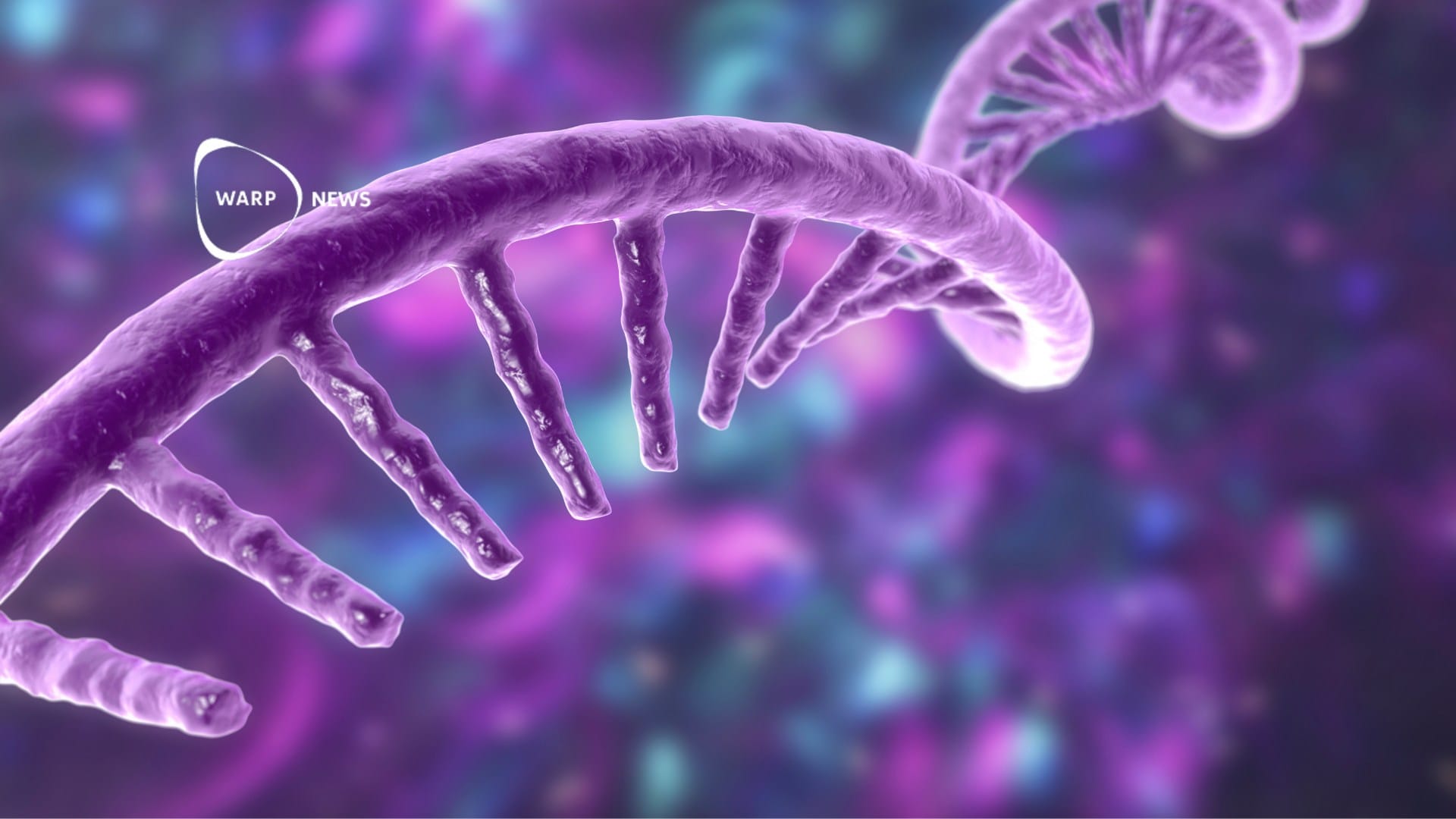💡 Innovation
🎈 Startup wants to cool the Earth with lots of balloons
Make Sunsets has released 82 balloons with sulfur dioxide into the stratosphere. Solar radiation management is controversial but could potentially reduce global warming quickly and cost-effectively.
👩💻 Google paves the way for practically usable quantum computers
Google has built a quantum computer that makes fewer errors as it scales up. The company has passed an important threshold for error correction in quantum units. This paves the way for practically usable quantum computers in the future.
🚰 Energy consumption for desalinating water has decreased by 85 percent
Energy consumption for desalination has decreased from 20 kWh per cubic meter in the 1970s to 2.5-3.5 kWh today. Producing enough drinking water for one person - about 3 liters per day - through desalination would cost only $2.30 for an entire year.
🌳 Chainsaw amnesty protects rainforest in Borneo by exchanging chainsaws for healthcare
279 loggers have turned in their chainsaws since 2017. The program has reduced deforestation by 70 percent over 10 years. The initiative combines environmental protection with improved access to healthcare for local communities.
🔥 BurnBot performs controlled burns to reduce the risk of forest fires
BurnBot has developed a robot that performs controlled burns without flames and smoke. The robot reduces the need for personnel and minimizes the risk of fire spreading uncontrollably.
💡 AI solves difficult problem of how molecules react to light – may lead to better solar cells and LED lights
Researchers at DeepMind have used AI to create a new method for calculating how molecules behave when hit by light. The technology could lead to improvements in solar cells, LED lights, and other light-sensitive technologies.
🧬 Reconstructed genome may help us revive the mammoth
Scientists have succeeded in reconstructing the mammoth's genome and the 3D structure of its chromosomes from a 52,000-year-old tissue sample. The study shows that the mammoth's genome structure is similar to that of the modern elephant, which could facilitate the revival of the mammoth.
🧬 Newly discovered system allows researchers to edit DNA using RNA
Researchers at Arc Institute have discovered a completely new molecular system for editing DNA using RNA. The system enables programmable DNA changes such as inserting, removing or inverting DNA sequences.
📲 New record: 6G 500 times faster than average 5G
Researchers in Japan have achieved data transfer speeds of 100 gigabits per second, which is up to 500 times faster than the average 5G speed. The technology is expected to enable new applications such as holographic communication and improved VR experiences.








